
Three days of papers also meant that the educational aspect was prominent. As is usual at GHI conferences, the initial paper, the Big Debate, looked at the challenges extant in the region under review and how they could be addressed. With senior panellists from Asia, India, South Africa and Europe, topics such as staff retention, airport congestion, GSE pooling and airport infrastructure all came under the microscope. From digitalisation (and its ramifications) to the basics of staff recruitment, there was much useful comment and some interesting proposals put forward. The topic of connectivity (and the lack thereof) was also flagged up; and the need for ever-increasing levels of technology was made clear by those on the panel. In particular, the automating of ramp procedures could no longer be ignored; and the benefits of a true partnership arrangement between carrier and handler were also underlined.
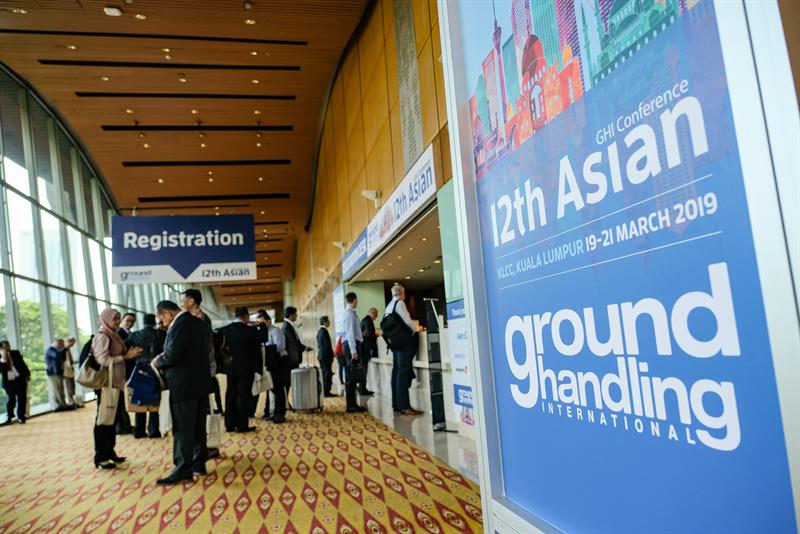
A couple of lively papers followed the lunch break. In the first, Michael Stephens of Provolution Consultancy tackled the subject of a fairly negotiated contract, looking at the elements of focus, inclusiveness, awareness and realism when drawing up such agreements. The audience was invited to get involved in the scenario which then spilled over into an interactive workshop in which he sought to encourage collaboration between the parties in question.
A series of product demonstrations punctuated the day’s proceedings, which concluded with a session on automation and the depth of penetration within the Asian aviation sector. Gadget or game changer? Amadeus’ Stephan Castagnetta was on hand to pick a route through robotics, AI and other innovations for the benefit of the audience.
The financial state of the Asian aviation sector formed the core of the talk by Edward Clayton of Strategy&. In admitting the explosive growth of the region in general and of certain countries (Indonesia, India, China and Thailand) in particular, he outlined the concomitant problems such as airline capacity oversupply, higher taxes on airlines, the price of oil and airport capacity. He also charted the recent history of the market. At present, the US leads in terms of traffic, with China in second place, followed by India: but China will outstrip the US in the near future, whilst Indonesia is set to accelerate from further down the ladder to achieve fourth position.
Malaysian aviation in the ascent
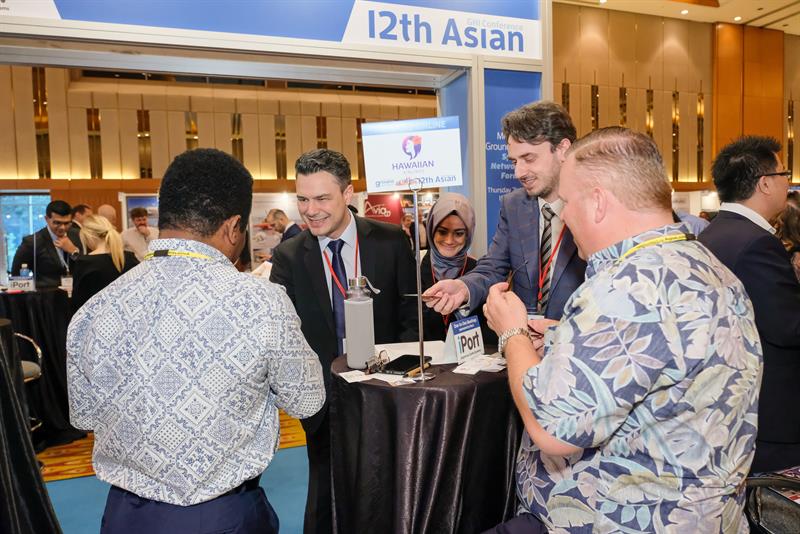
The rise of Malaysian aviation was described by Mohd Nadziruddin Mohd Basri. Market expansion here has been impressive: in 2017, just over 8% passenger growth was recorded. Currently around 25% of tourism is air-based and the low cost carrier segment has expanded significantly to address this change; this sector now takes more market share than the full service carrier segment. With all this change, handlers will need to innovate more, he declared; processes would require higher degrees of automation and simplification will need to be a more common facet of the operation.
Hactl’s ongoing progress was explained by Tan Chee Hong, who referred back to the defining year of 2012, when a major customer was lost. But the freight handling specialist bounced back and today boasts an operation that is the envy of many. More important, its considered strategies have led to safety incidents declining by a staggering 83%.
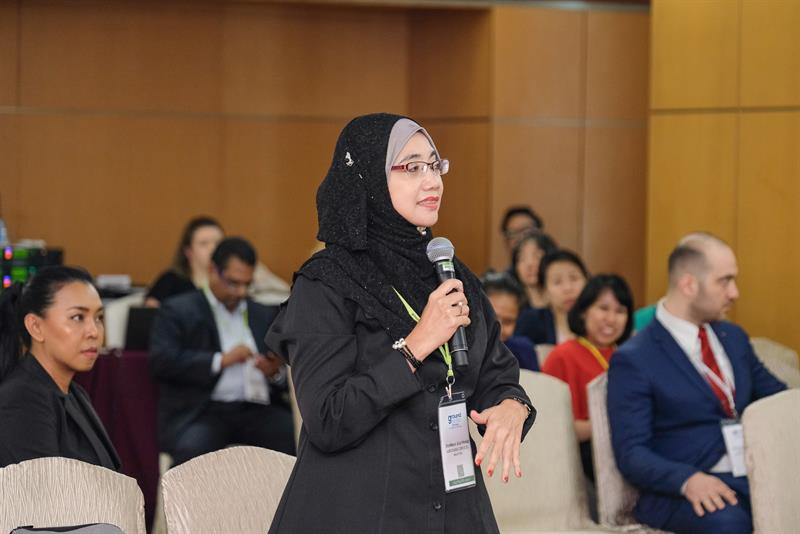
Another paper on that day, given by Nick Yeadon of Air Dispatch, tackled the problem of event and incident reporting. In an earlier presentation he had wondered about the subject of innovation and whether the sector was doing enough; but his own paper looked at the embodiment of Just Culture and how it could help any company achieve better efficiency and proficiency.
For Dato Mohd Salleh Ahmad Tabrani, the question was one of customer satisfaction and OTP. His presentation gave an insight into how Malaysia Airlines had triumphed: OTP was up to 99% whilst there had been a 71% reduction in accidents on the ramp in 2018 compared to 2017. Interestingly, he added that a 9.9% reduction in handling costs had been negotiated since 2016. Food for thought?
At Singapore, SATS’s presence is well known and Yacoob Piperdi was able to dilate on the partnership concept. The handler has a 50/50 joint venture with AirAsia and as the latter’s Pete Chareonwongsak related, the marriage was working extremely well. Ground Team Red was the focussed handling arm here and the two companies represent a supreme example of that elusive intangible, the airline/handler relationship.
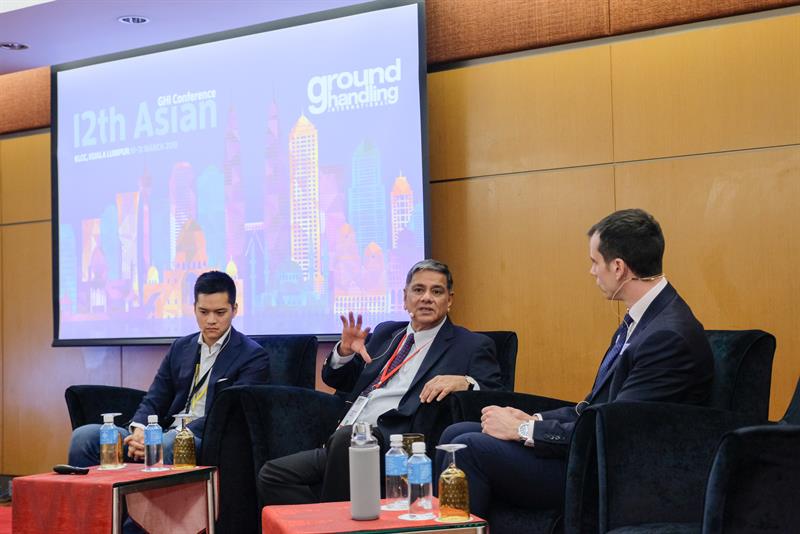
FIVE FACTS WE LEARNED FROM THE CONFERENCE
Hactl’s cargo handling record include 16 freighters in one hour; and 102 freighters handled in one day
The Asia-Pacific region catered to 4.1bn passengers in 2017: this is expected to rise to 7.2bn by 2035
Air China, China Eastern and China Southern grew by 70% during 2010-2017
Ground damage costs the sector US$12bn annually
China’s Daxing airport, opening later this year, aims at processing 620,000 flights per annum, together with 100m passengers
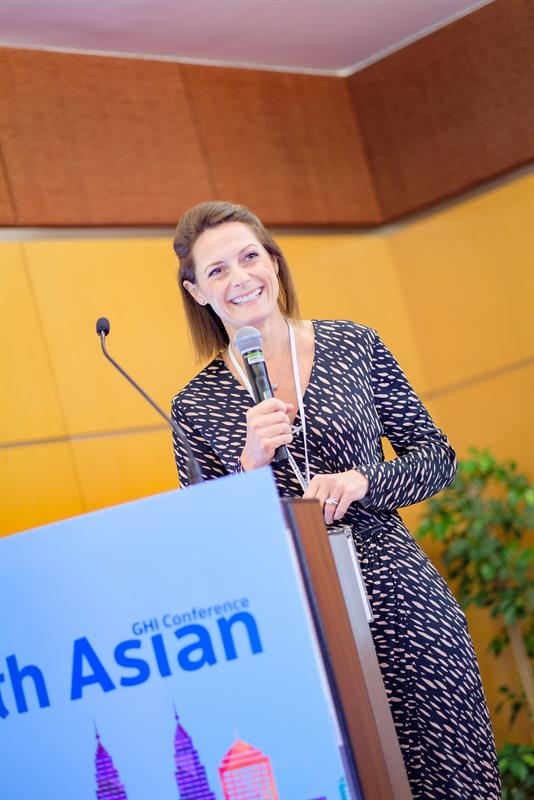
Article 8 ramifications
For HFW lawyer Kate Seaton, it was all about consequential loss and the grey areas of Article 8. A lack of clarity was not helping those tasked with tackling claims for damage and Seaton was adamant that the current indemnity level of US$1.5m would soon be met in most instances where repair is concerned. In fact, repair costs are escalating by a factor of four, this explained by the cost of hi-tech materials, the specialised labour required and the fact that repairs now take longer. Carriers were now asking whether to opt for 8.1 redress, given that 8.5 limits are set.
Much is written about the skills shortage in the handling sector – and tackling this problem was at the root of Prakash Gaire’s presentation. Gaire is based in Nepal where he runs a training academy, and he was able to list the main reasons why this problem continues to dominate the headlines. His solutions included investment, deploying recruiters, outsourcing work for peaks in operations and making effective engagement plans.
In contrast, Kam Weng Woo’s paper, on re-inventing the SLA and re-thinking KPIs, sought to bring about a win-win situation for parties involved on today’s ramp. Rising costs were a fact of life but that wasn’t to say that the challenges couldn’t be overcome. Disruption, he avowed, was the name of the game – and there were plenty of technical aids that could help out in this area. Ultimately, it was all about collaboration - and the requirement for interactive and intuitive data.
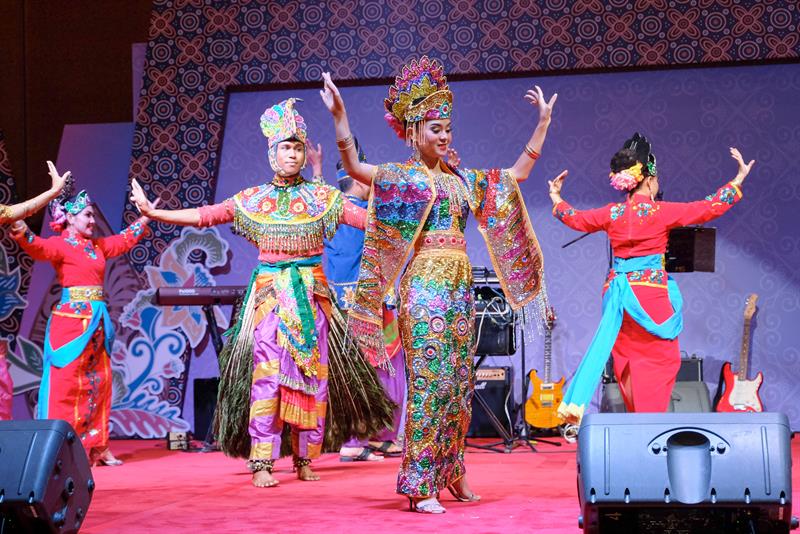
Day three
The final day of the event saw a mixture of presentations, with JetStar’s Derrick Ogden sharing his approach to safety, which involved taking a personal interest in staff welfare as well as establishing an informed culture. Ultimately, a top-down strategy was the route success, he averred.
The Tiger Team presentation was a lively look at how a well thought out strategy at BFS had led to an impressive reduction in incident occurrence and had allowed the establishment of an enviable esprit de corps amongst the handlers in Bangkok.
The penultimate paper dwelled on the topic of electrification and just how far Asian airports had progressed with this technology. A number of panellists were on hand to discuss the situation and take audience questions on the subject. And, wrapping up the event, Kate Seaton returned with an Article 8 quiz designed to test the knowledge of those present.
Next year, the GHI Asian conference moves to Singapore and will run from March 17-19.






